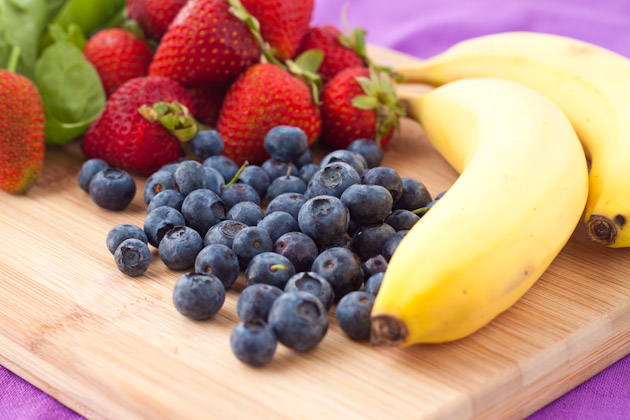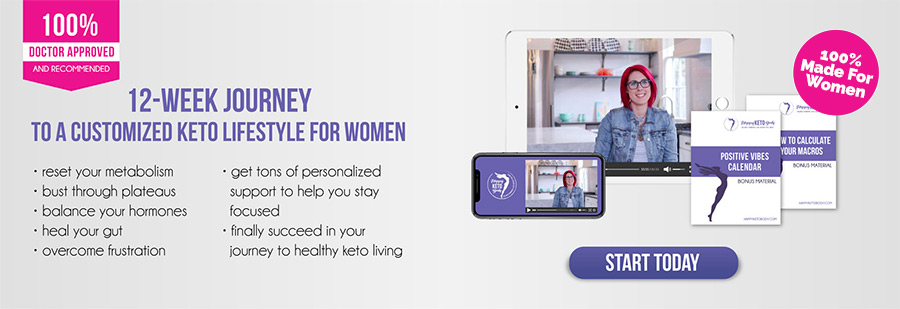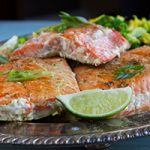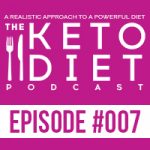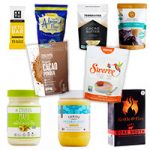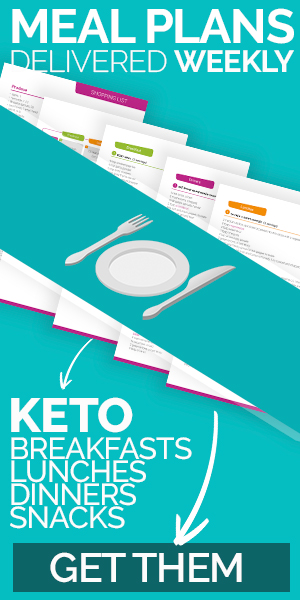I want...
Food Journaling Challenge: The Things I’ve Learned
December 3, 2011 By
Leanne Vogel

 July 12, 2015
July 12, 2015
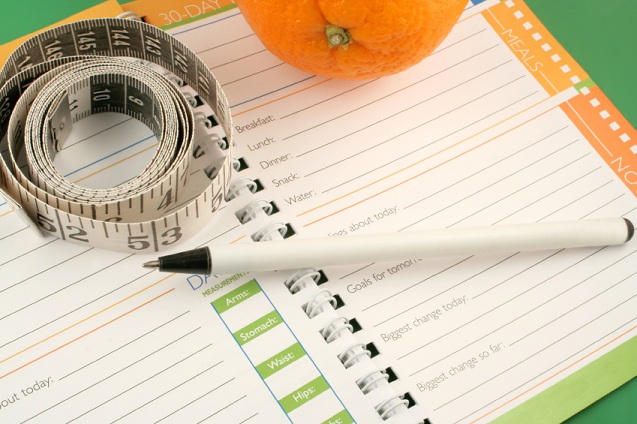 [source]
It’s been a little over two weeks since we started the food journaling challenge. How’s it going?
I just have to get it out there and say – I feel fantastic and couldn’t be happier with the changes I’ve seen.
[source]
It’s been a little over two weeks since we started the food journaling challenge. How’s it going?
I just have to get it out there and say – I feel fantastic and couldn’t be happier with the changes I’ve seen.
Powerful Beginning
I began with guns a blazing on this one! I was tracking all of my foods, meals, drinks, and doing great with the challenge. I was beginning to see patterns in my eating, cravings, and symptoms (namely bloating and loss of energy after specific meals).Struggles
I had every intention to track my meals while I was in London, but my days were packed with endless meetings which meant that I barely had time to eat, let alone track. I tried my best to track everything at the end of the day, which wasn’t ideal but I made it work. At the end of the trip I was dealing with bloating, headaches, and sharp stomach pains. Had I been journaling and paying attention to what I was consuming, it would have been easy for me to figure out what the contributor was (although looking back now, it was totally stress related). I felt completely disconnected from myself that week, which goes to show just how important food journaling can be!Different Trackers
Before the challenge, I’d been tracking my meals using LiveStrong’s MyPlate (many of you also recommended DailyBurn). These tools are great if you want to track calories, fat, protein, and carbohydrate consumption, but if you have a history of disordered eating or a slightly unhealthy relationship with food, tracking to this extent could bring up a lot of negative energy around your diet, and we don’t want that! The reason I like tracking on paper is that it allows me to connect with the food choices I’ve made; and how my body reacts to them, without having to be a slave to the numbers. There’s days that I eat more, days that I eat less. I’ve been learning to care less about how many calories I’ve consumed and more about whether or not I’ve figured out what the best combination of food is for my body.Getting into the Groove
When we started the challenge, I’d recommended a couple of questions we could ask ourselves daily, or at the end of the week, to ensure we were translating our experiences and applying them to our future choices. I found that once I really committed to the challenge, it became easier for me to pinpoint areas that I needed to focus on. These tweaks have helped me figure out what foods could be contributing to the symptoms, feelings, or changes in energy that I was experiencing. Check out the attached pdf if you’re interested in checking out my last weeks’ worth of journal pages.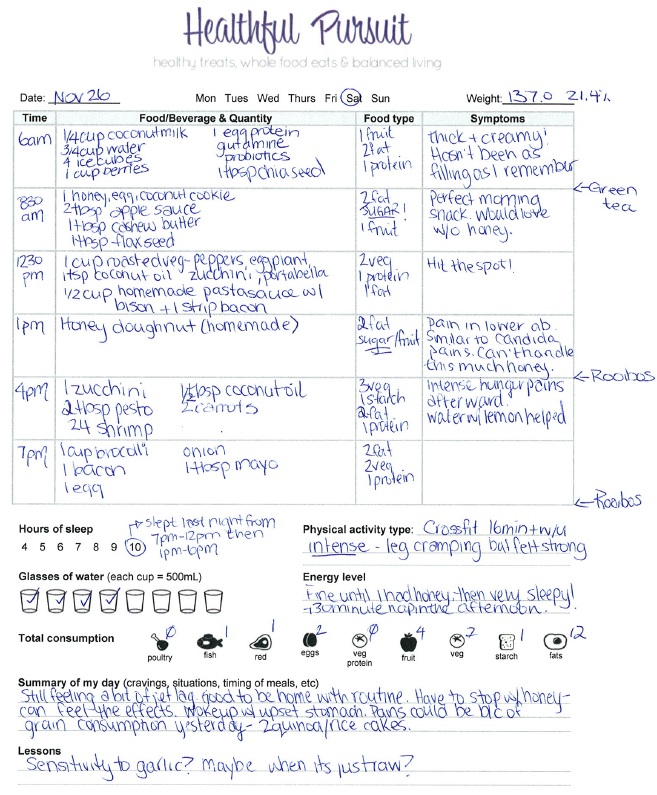
What I’ve Learned
Here are a bunch of things I’ve learned about myself since the challenge began. I’m hoping that this list will give you an idea of just how much you can learn about your body and give you the push you need to grab the template and start journaling with us!- My digestion is completely connected to the stress in my life.
- My body does well with 10-13 portions of fats per day like coconut oil, olive oil, nuts and seeds (soaked only!).
- Sugar including honey, maple syrup, and dried fruit affects my stomach and energy. Limit it to a couple of servings a week, if that.
- Adding ground flax to my morning smoothie is a great way to increase my daily fiber intake.
- Squash every second day is essential for my energy and digestion.
- Green tea in the morning makes me feel fantastic.
- Constant hunger pains were eliminated when I reduced fruit and increased fats.
- Grains cause stomach pains, difficulty staying awake, digestive issues, and sluggishness.
- 1 serving of fish per day makes me feel good.
- When I eat too much in a day, I get intense deep pains in my lower abdomen. Eating every 4 hours seems to be better than having small snacks every 2-3 hours. Including fat in each of these meals helps, too.
- Do not ever combine apples and red meat again. Ever.
- Roasted vegetables are easy on my digestion and feel very nourishing when combined with a protein like turkey, bison, or chicken.
- Probiotics are essential when traveling. Never leave the house without them!
- I may have a possible sensitivity to garlic but haven’t quite figured it out yet.
- The more coconut oil, the better I feel. 2-3 tablespoons seems to be the perfect amount.
Hi! I'm Leanne (RHN FBCS)
a Functional Medicine Practitioner, host of the Healthful Pursuit Podcast, and best-selling author of The Keto Diet & Keto for Women. I want to live in a world where every woman has access to knowledge to better her health.
